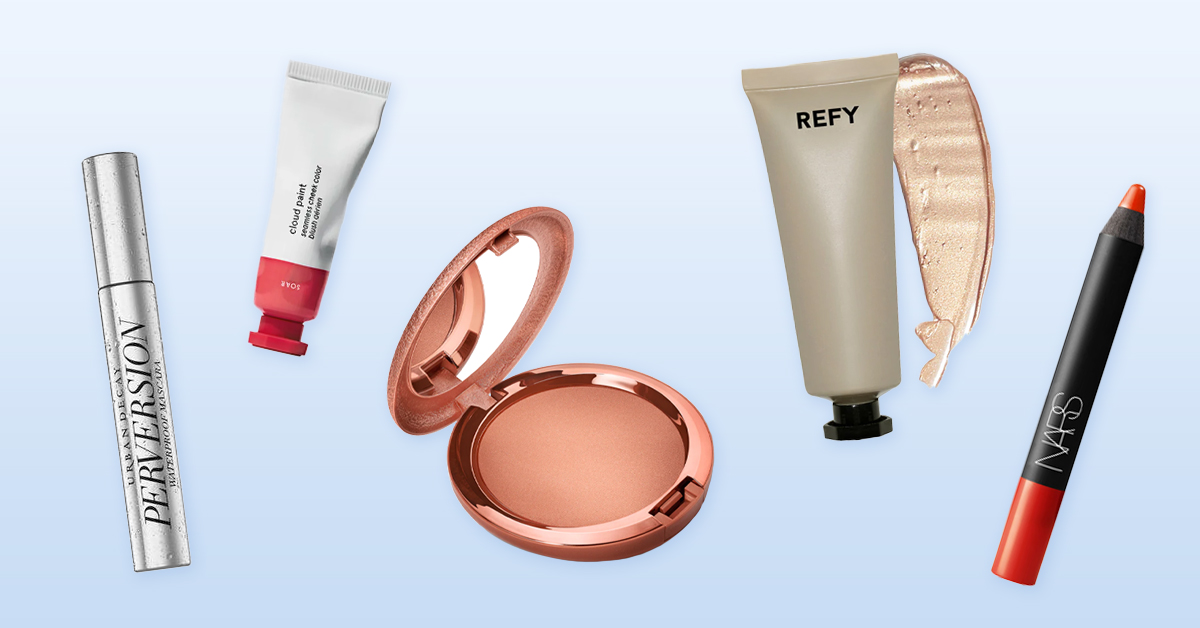Everything you need to know about getting an IUD
Sure, birth control pills are the go-to form of contraception. But women are turning to intrauterine devices (IUDs) more and more. And they’re doing it for good reasons. It’s easy to accidentally miss a pill and risk unwanted pregnancy. An IUD keeps you from getting pregnant for several years. Once an IUD is in, you can forget it.
A small plastic IUD releases either copper or a form of progestin. This thickens the mucus in your cervix. Sperm can’t make it through the medium to an egg. It also hinders an egg’s ability to stick to your uterus’s lining.
Though the pill and IUDs both prevent unwanted pregnancies, there are several differences between them:
Effectiveness
When the pill is used with perfect regularity, it prevents conception 99% of the time. However, perfect regularity is seldom seen. As women commonly use the pill, its effectiveness drops to 92%.
IUDs are a highly effective form of birth control. Copper-releasing IUDS, for example, have a failure rate of less than 1% in the first year of use. The failure rate remains stable over five years and can last up to 10 years.
Side effects
Because the pill is hormonal, it carries serious side effects, including:
- Bleeding between periods
- Nausea
- Vomiting
- Breast tenderness
- Headaches
- Tiredness
- Bloating
- Menstrual pain
- Genital irritation
- Mood swings
In older women, birth control pills can increase the risk of heart attack, stroke, blood clots, liver tumors, and gallstones.
Though IUDs can have similar side effects, they are less common. They include:
- Cramping
- Nausea
- Bloating
- Backaches
- Vaginal discharge
- Vaginal inflammation
Duration
The effectiveness of birth control pills varies with the regularity of use. An implanted IUD can remain effective for up to 10 years, with regular check-ups.
Cost
Depending on insurance, birth control pills can cost up to $50 a month, whereas an IUD has an upfront cost of $0 to $1,000, depending on insurance. Both require regular checkups with your doctor.
Women 35 and older, women who smoke, and women with hormone sensitivity benefit from IUDs.
When you switch from birth control pills to IUDs, don’t leave a gap in contraception. This will reduce the chance of an unwanted pregnancy.
You should have an IUD implanted a week before you discontinue birth control pills.
Additional benefits of IUDs
1. Convenience
Once an IUD is in, you don’t have to think about it. This means no more trips to the drugstore pharmacy or pre-sex prep. Depending on the type of IUD you get, protection against pregnancy last three to twelve years.
2. Easily reversible effects
You may have an IUD removed at any time; it won’t affect your fertility or make it harder to get pregnant in the future.
3. Milder periods
Hormonal IUDs can help reduce menstrual cramps and make your period lighter. Sometimes women stop getting periods altogether. IUDs can help people who experience severe cramps, heavy periods, and anemia.
4. Emergency contraception
ParaGard IUDs are the most effective form of emergency contraception out there. If implanted within five days of having unprotected sex, it’s over 99% effective against pregnancy and lasts up to 12 years.
IUD types
There are two different types of IUD: hormonal and nonhormonal.
Hormonal IUDs
These prevent pregnancy by releasing a small amount of progestin hormone called levonorgestrel each day. Compared to birth control pills, hormonal IUDs release much fewer hormones. And because hormonal IUDs don’t contain estrogen, women experience fewer hormonal side effects. Hormonal IUDs can last anywhere from three to six years, depending on the brand. Mirena, for instance, can last up to six years, and it’s been around the longest. Skyla, on the other hand, is smaller and has a lower dose of hormones. It lasts up to three years, and is ideal for women who haven’t yet had children. Kyleena is in-between Mirena and Skyla: It’s small like Skyla but contains slightly more hormones than Skyla and slightly less than Mirena.
Nonhormonal IUDs
These prevent pregnancy by way of a tiny copper filament. The brand name is ParaGard, and it’s the only highly effective nonhormonal birth control method available. It’s ideal for women who have a sensitivity to hormones, lifestyle factors, or conditions that make them less-than-ideal candidates for hormonal birth control. ParaGard can last up to 12 years once implanted.
Which IUD is right for you? It all depends on your preferences and needs. Discuss all your options with your doctor to make the right choice for yourself.
References
- “Do You Really Need to Go Run and Get an IUD Right Now?,” Greatist, September 10, 2016.
- “Everything You Need To Know About Getting An IUD,” HuffPost, January 21, 2015.
- “How to Choose the Best IUD for You,” Self, October 21, 2016.
- “Should I Get a Copper IUD or Hormonal IUD? Here’s What You Need to Know About Why Women Choose This Long-Term Birth Control,” Bustle, April 28, 2015.
















